
Decode Camp Staff Burnout: The Camp Staff Experience Wheel
The Camp Experience Wheel: Measuring the Camp Staff Experience Imagine this: it’s mid-July, the sun is blazing, and your camp is in full swing. Campers […]
Get in touch with any product inquiries you may have and we’ll do our absolute best to answer your questions by the next business day.
Want to see how UltraCamp could be utilized for your exact needs and situation? The first step is to schedule a quick 15-minute call so we can understand your unique needs. Next, we'll create a demo tailored to your camp. It will look and feel like you’ve opened registration already.
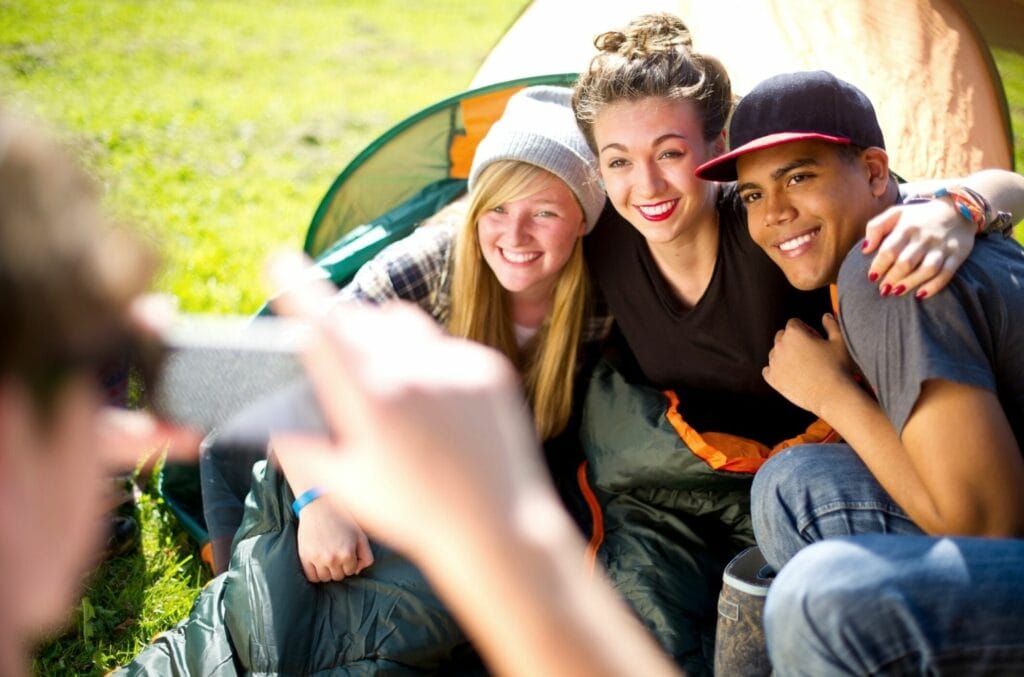
In 2011 Murad Osmann accidentally started a viral photo trend that I’m pretty sure everyone has seen by now. He took a picture of his girlfriend (now wife) walking through a door with her hand reaching back to grab his. This simple image started the #followmeto Instagram project; the hashtag alone has over 6 million posts.
Why should something so simple create such a strong reaction? Is it the exotic locations paired with a mysterious woman wearing beautiful clothes? I mean, it doesn’t hurt. All those things make for a great visual. What this seemingly simple image did was include the viewer in the adventure. You went from observing the image to becoming a part of the story. You were the one being pulled into the scene, and that’s the magic element.
Think of the majority of photos taken during camp. Kids are jumping onto the blob on a lake, the staff smiling in a line, and kids laughing in a tug of war game. Those are all great at showing what happens at camp, but do they help people feel what it’s like to BE at camp? It’s like viewing your friend’s vacation photos; “Here we are at the Grand Canyon, and this is us drinking the world’s largest milkshake, oh and this is us standing in front of the Utah state sign. Did we mention it was 105 out…but it’s a dry heat.”
Sure, you can look at those images and get an idea of what happened, but you probably don’t feel like you were a part of the experience. There’s no real connection. Professional photographer David duChemin talks about the importance of creating a connection in his recent blog post, “What’s Missing From Your Photography?”. “I wanted photographs that are about something rather than just of something. Photographs with a little more story in them.”
So, should you throw out the other photos and start over? Not at all. You can still use those images to tell an engaging story with a fun perspective. Document the camp experience and use these techniques to make viewers feel as though they are there in person.
We’re used to seeing images taken from the same perspective, generally straight on at adult eye level. Try making it more interesting by changing your POV. Instead of the usual group photo where everyone stands in a line and looks at the camera, try a more candid approach. Stand alongside your subjects, aim your lens down the line, or position the camera like you are looking over someone’s shoulder.
This doesn’t mean that the typical group picture is wrong or shouldn’t be used, but changing the perspective changes the emotion of those viewing the images. Put your lens at a kid’s eye level, rather than an adult’s, and take the picture. Now the viewer is a part of the action and the story.
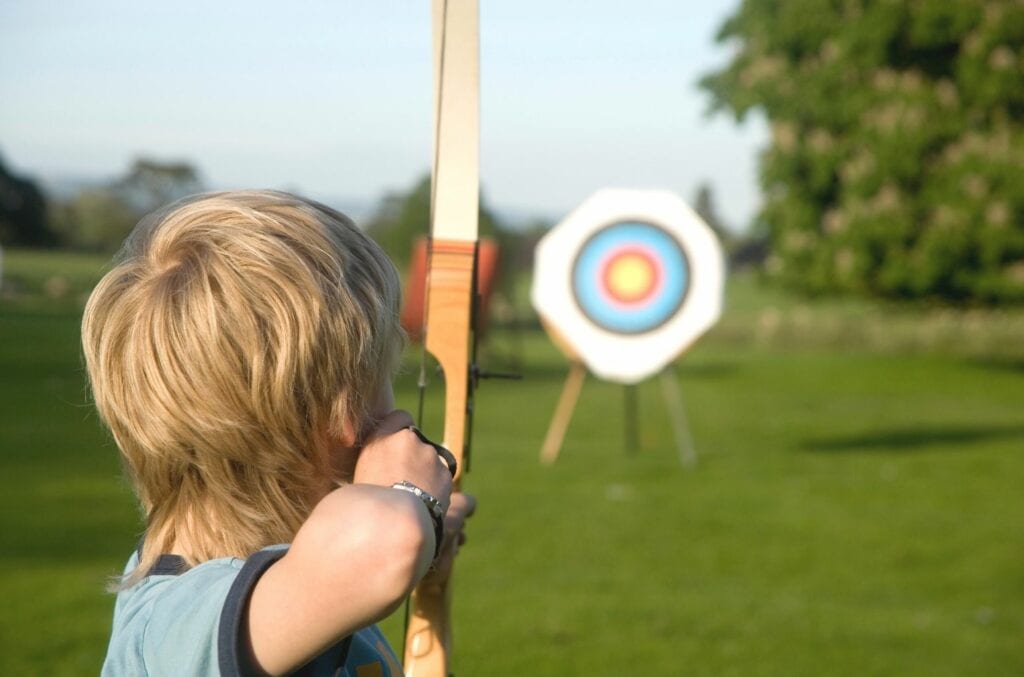

Framing is a compositional technique that uses elements in the scene to draw attention to the subject. It can be a window, door, tree, geometric shape, a patch of light, or a shadow. Almost any object will work as a frame.
Use framing to help “guide” a viewer in the photo, highlighting what they should be looking at while also giving them a sense of the environment. Framing also helps make a 2-dimensional image feel 3-dimensional again.
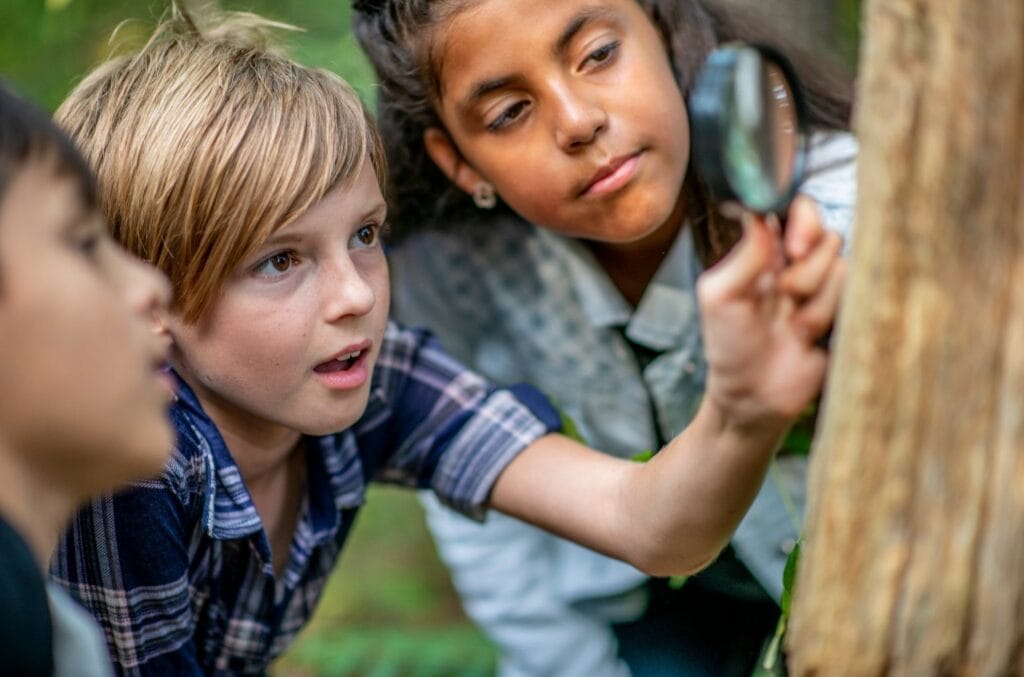
Does anyone really hold still a camp? That’s a hard no! There is always movement. Most pictures show motion frozen, i.e., kids leaping off a dock or a bike launching off a jump into midair. But movement or motion can be harder to show. Experiment with techniques that accentuate movement. Try using a slower shutter speed like 1/2 to 5 seconds (most new smartphones have this ability, or you can buy an app to help you). Slower shutter speeds create motion blurs. You can also add panning with slow shutter speeds. For this technique you follow the subject as they go by with your camera. This produces a feeling of movement, bringing a static image to life.
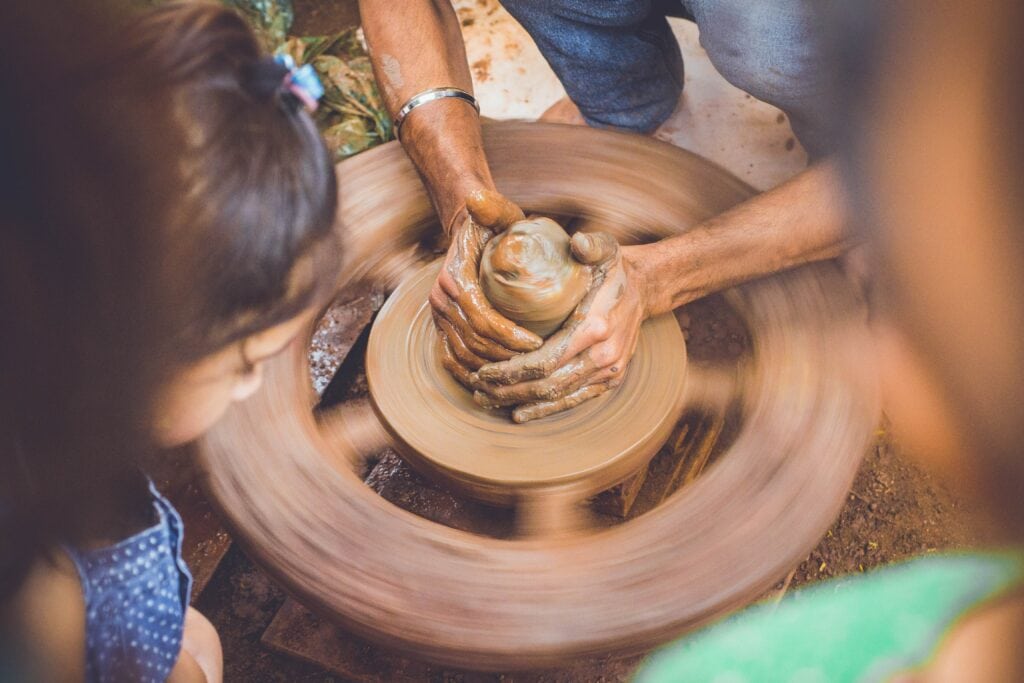
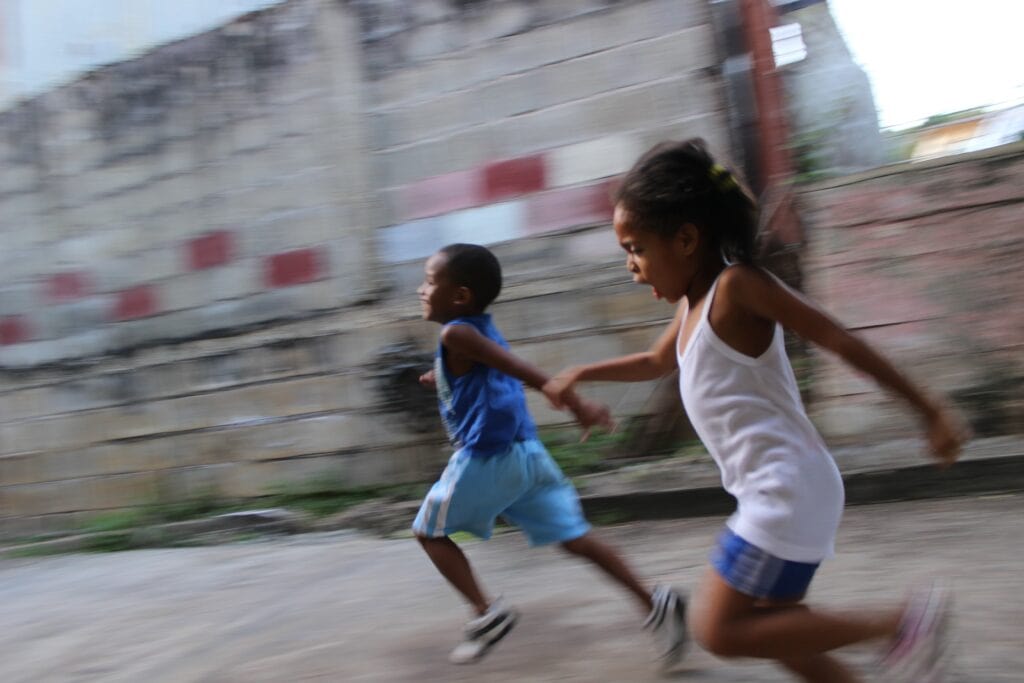
We know camp is about friendships and experiences, but does that really come across in the images. Are you getting those moments as they occur or just recording the end result?
The kids pausing to smile at the camera is a great shot, but it’s a controlled moment and loses some of the spontaneity that makes an emotional impact.
To truly capture strong interactions, you have to wait for them and not force them. The good thing is that you probably aren’t waiting long at camp. Take, for instance, the kid climbing the rock wall for the first time. You know there will be some key moments: her expression as she puts on a harness and nervously looks all the way up to the top. Or when her feet finally touch the ground, and all the waiting friends are excitedly cheering.
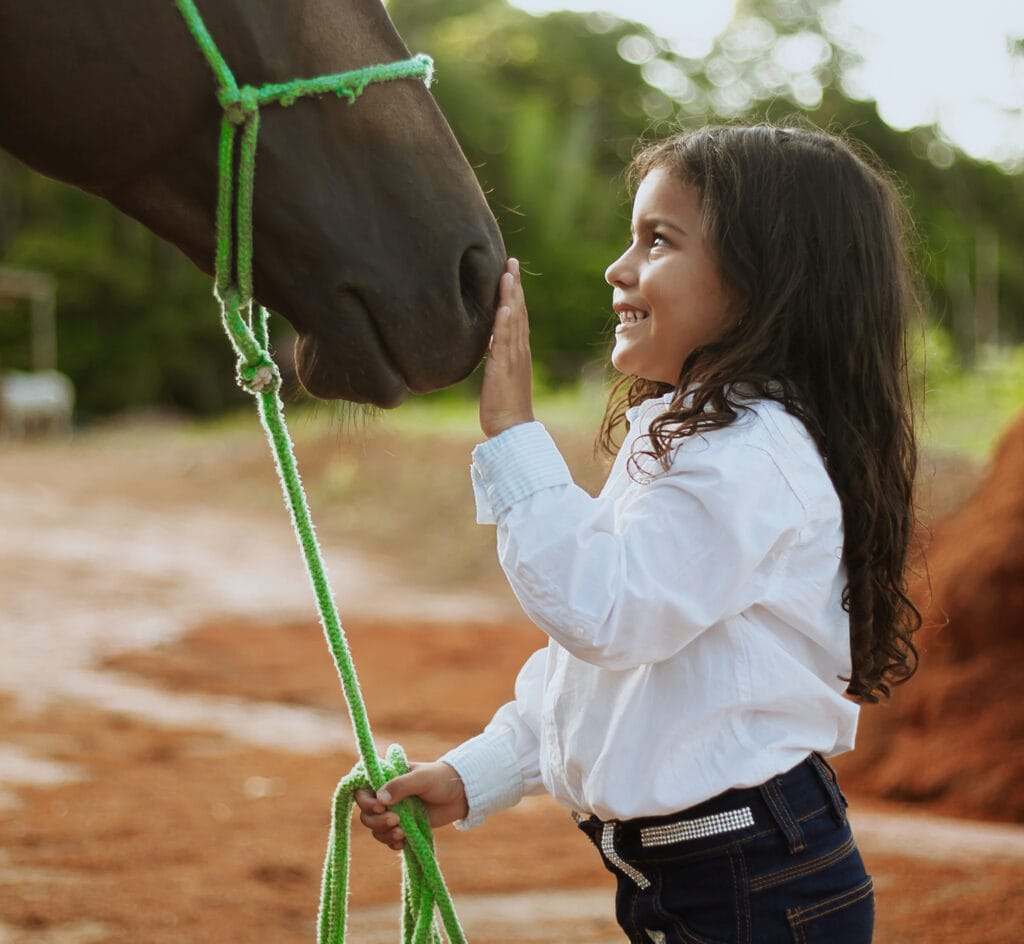
Try these techniques to create a sense of connection with the place and the people in your pictures. Viewers will feel like they got to experience your camp, and not just observe it.
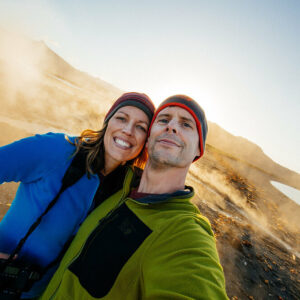

The Camp Experience Wheel: Measuring the Camp Staff Experience Imagine this: it’s mid-July, the sun is blazing, and your camp is in full swing. Campers […]
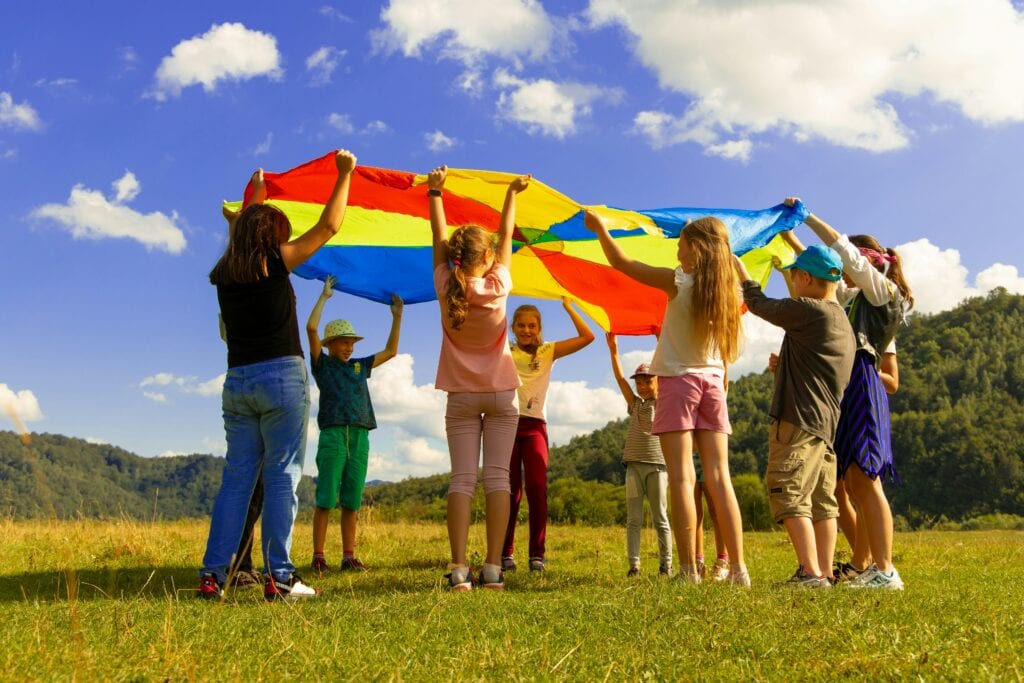
Here are some fun activities and icebreakers perfect for the first day of camp! Mix these games in while going over the camp rules, and […]

UltraCamp has partnered with SmugMug, the leading photo sharing service, to bring you a fantastic new photo gallery integration. This new feature will make managing and […]

Subscribe to our newsletter for helpful camp tips & tricks
UltraCamp customer support is limited to camp administrators only. If you are not an administrator, please contact your camp or organization directly for assistance.